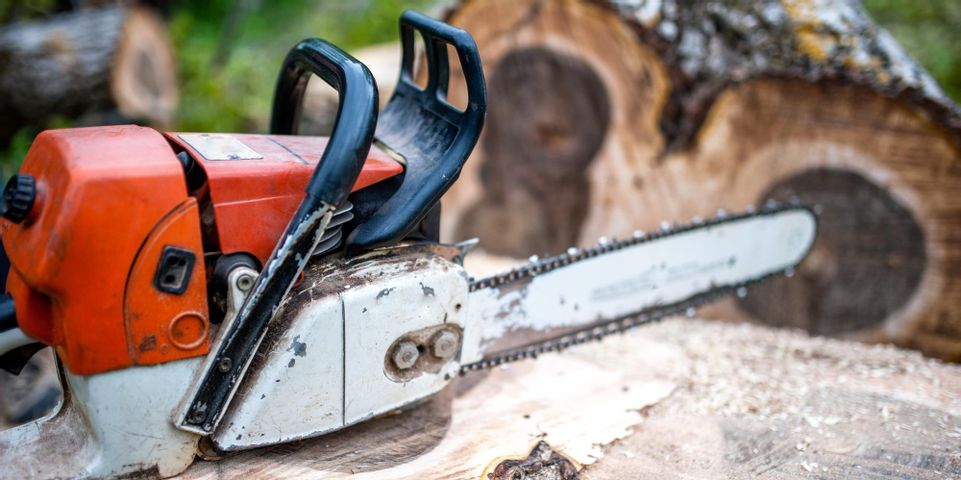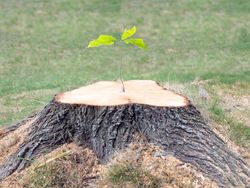
A tree that has fallen or been removed due to disease, high winds, or landscaping reasons will leave behind a stump. While this might seem like a small problem, the remaining root structure can extend for several dozen feet, damaging pipes and draining nutrients from the soil. Removing it should be a homeowner’s top priority. Stump grinding and removal are two ways to get rid of the unsightly remains of a tree. The following guide explains the differences between the two techniques.
Stump Grinding
 Leaving a stump in place is risky because it allows a new tree to grow and draw nutrients from other plants, and invite insects and tree disease. Grinding is the more affordable option for getting rid of tree remnants and requires a machine to break down the wood. The grinder bores up to 12 inches into the stump and pulverizes it into fine sawdust. The sawdust is piled back into the hole to create a level surface that you can cover with sod. This method will eventually kill the root structure and prevent further problems.
Leaving a stump in place is risky because it allows a new tree to grow and draw nutrients from other plants, and invite insects and tree disease. Grinding is the more affordable option for getting rid of tree remnants and requires a machine to break down the wood. The grinder bores up to 12 inches into the stump and pulverizes it into fine sawdust. The sawdust is piled back into the hole to create a level surface that you can cover with sod. This method will eventually kill the root structure and prevent further problems.
Stump Removal
Removing the stump takes much more time, costs more, and leaves a large hole. The tree care team will bring in a larger piece of equipment to rip the stump and its root ball from the ground. Root balls are typically 4 to 10 times larger than the stump itself, so this can be a messy endeavor. However, it’s the only option if you plan to replace the tree. Once the hole is available, you can add a new sapling and replace the soil to encourage healthy growth.
If you need a stump removal or stump grinding service, contact the experts at Rivertown Tree Service. They provide a variety of tree care and land clearing services to customers throughout Dakota County, MN, to ensure their properties look beautiful and stay safe. Visit them online to learn more about their removal services, and call (651) 438-3704 to request a free estimate.
About the Business
Have a question? Ask the experts!
Send your question

